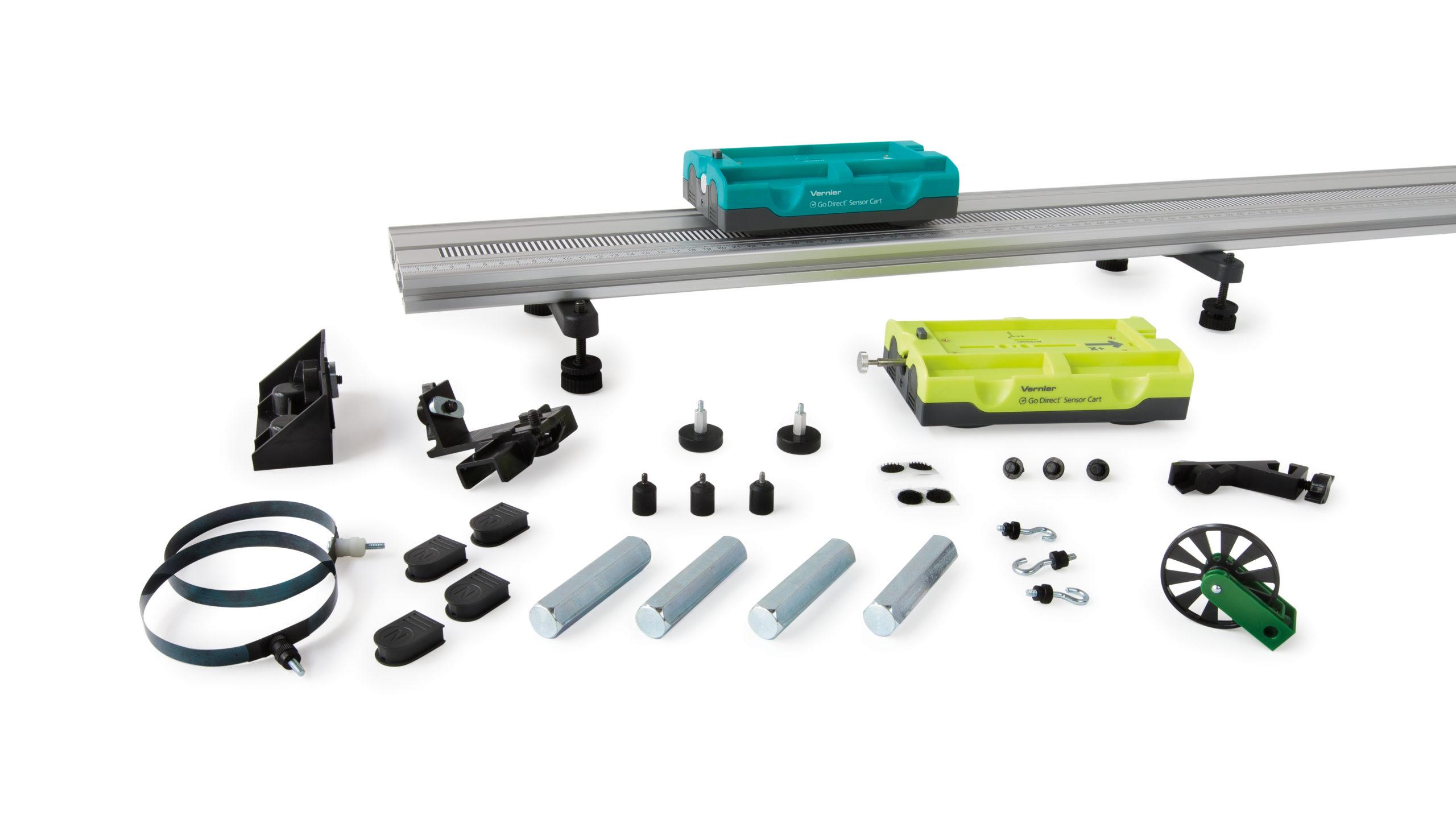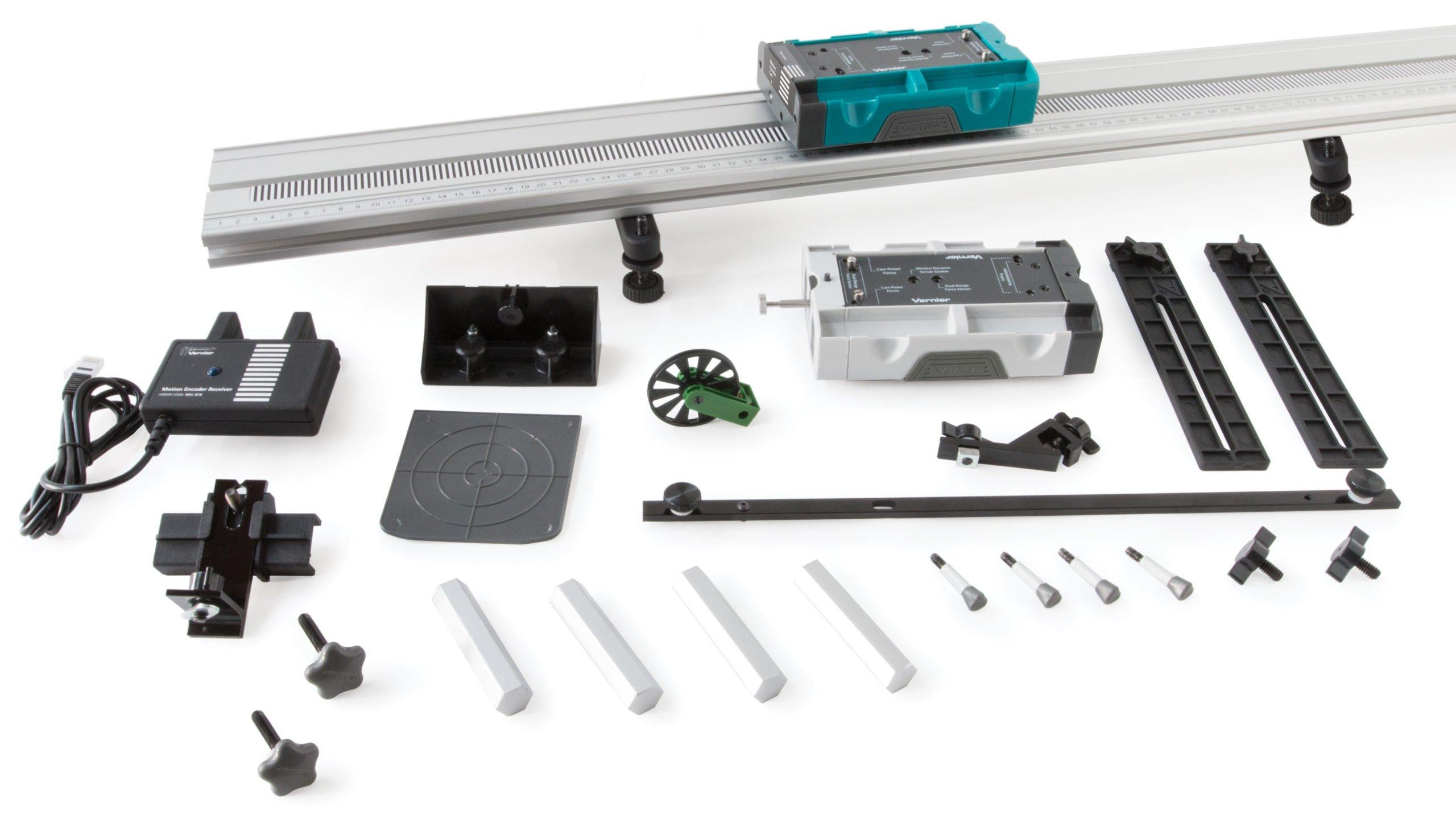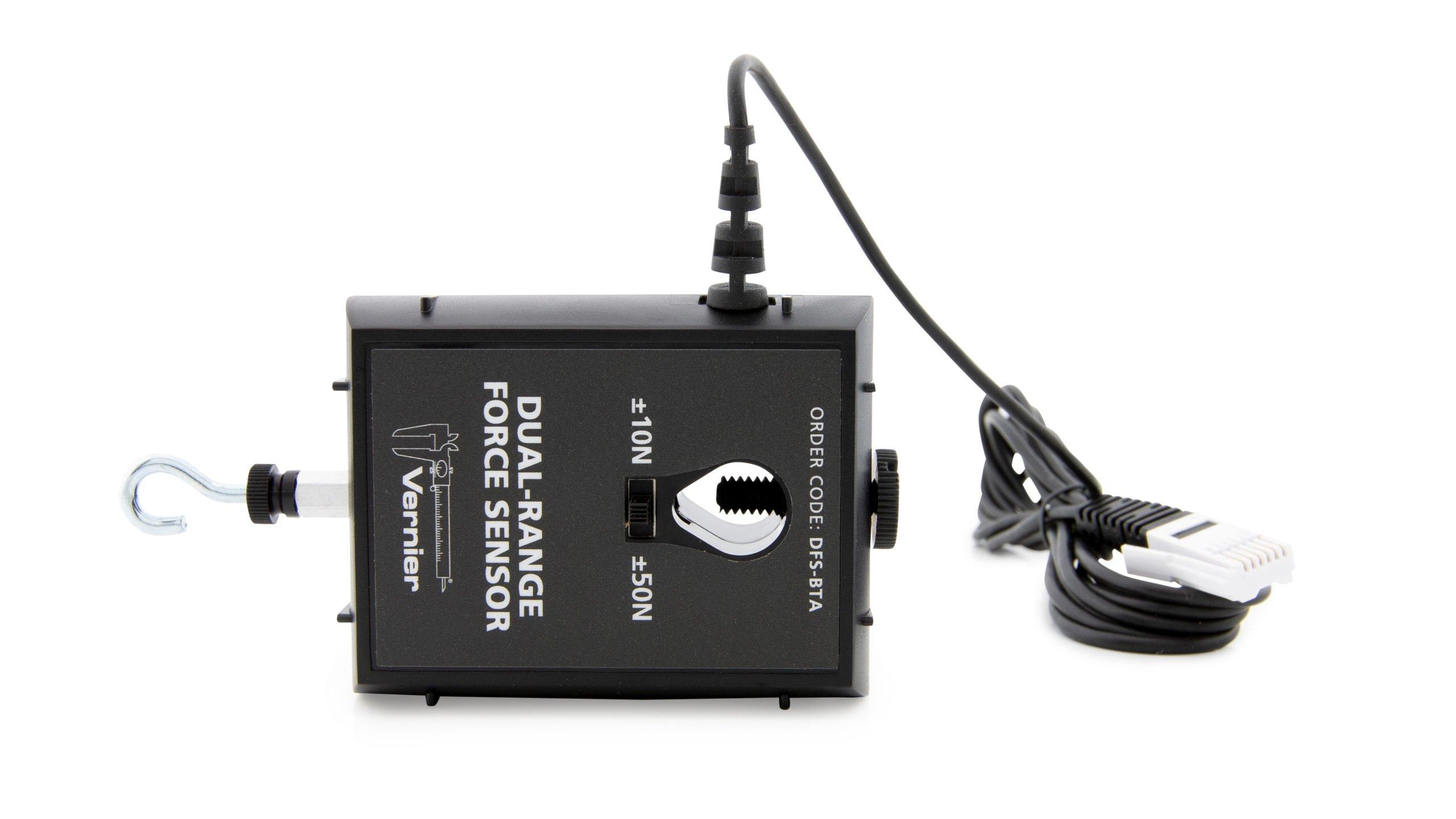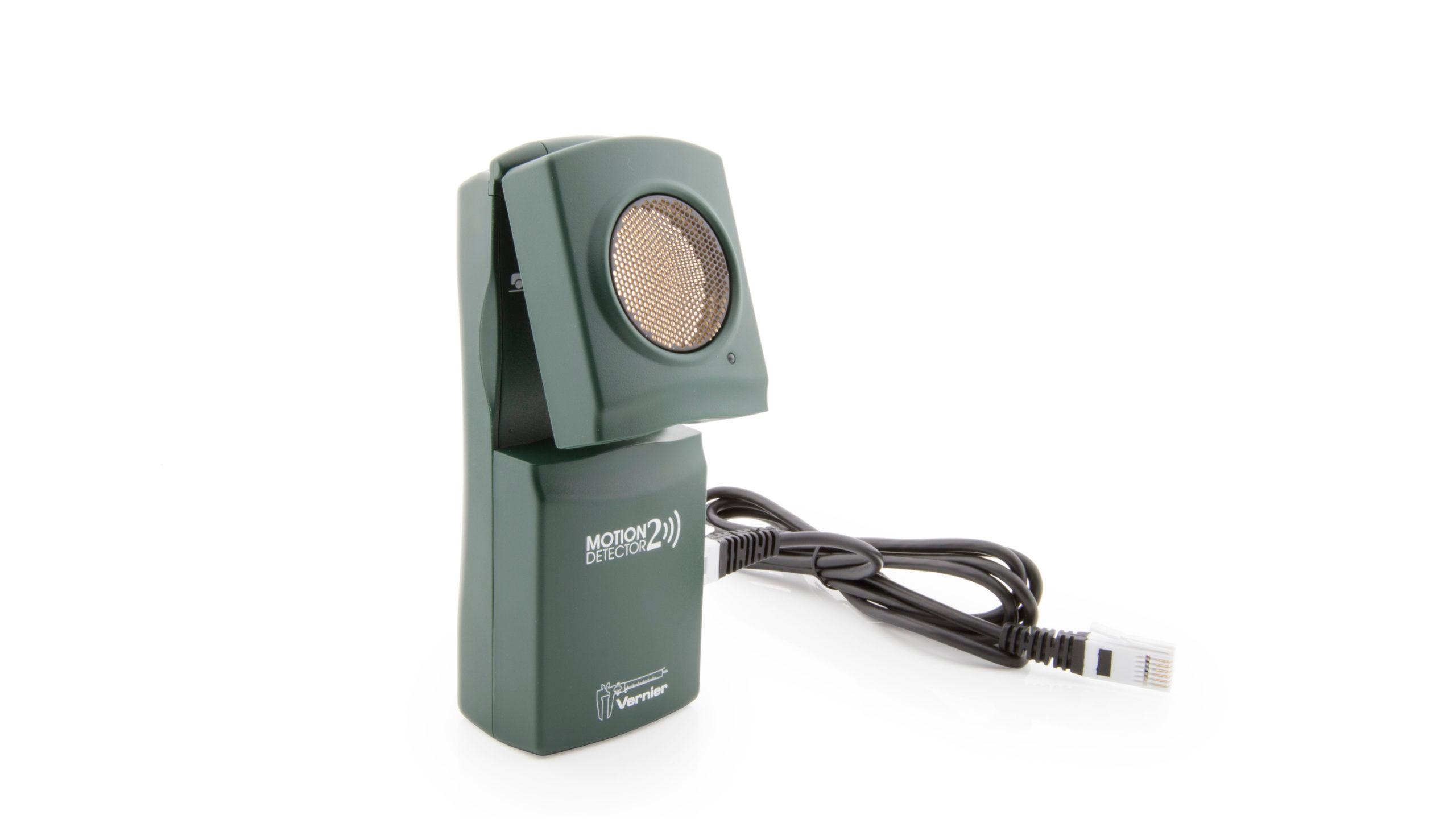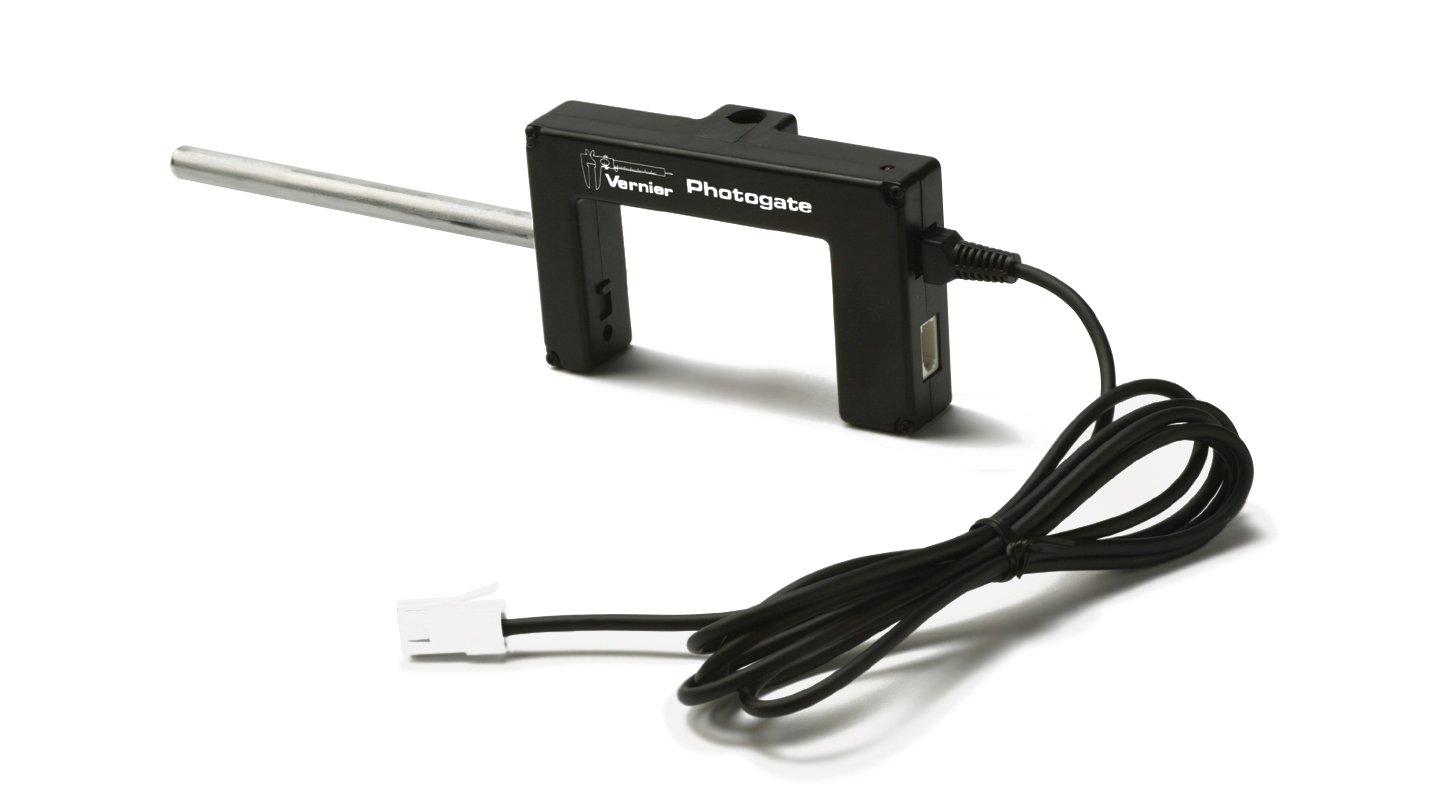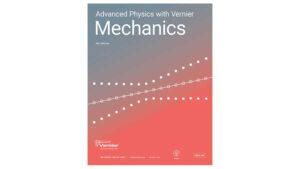
Introduction
In your discussion of Newton’s first law, you learned that when the sum of the forces acting on an object is zero, its velocity does not change. However, when a net force acts on the object, it accelerates. In this experiment, you will determine the relationship between the net force acting on an object and its acceleration.
Objectives
In this experiment, you will
- Identify the forces acting on an object both when its change in velocity, Δv, is zero and when it is accelerating.
- Collect force, velocity, and time data as a cart is accelerated on a track.
- Use graphical methods to determine the acceleration of the cart.
- Determine the relationship between the cart’s acceleration and the net force applied to it.
- Determine the effect of the mass on the relationship between acceleration and force.
Sensors and Equipment
This experiment features the following sensors and equipment. Additional equipment may be required.
Correlations
Teaching to an educational standard? This experiment supports the standards below.
- International Baccalaureate (IB) 2025/Physics
- The students should understand Newton’s three laws of motion
Ready to Experiment?
Ask an Expert
Get answers to your questions about how to teach this experiment with our support team.
- Call toll-free: 888-837-6437
- Chat with Us
- Email support@vernier.com
Purchase the Lab Book
This experiment is #4 of Advanced Physics with Vernier — Mechanics. The experiment in the book includes student instructions as well as instructor information for set up, helpful hints, and sample graphs and data.

